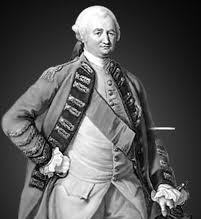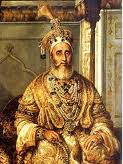Vallabhbhai Patel led
the Kheda Satyagraha. The government agreed to negotiate with Patel and decided
to suspend the payment of revenue for the year, even scaling back the rate.
Patel emerged as a hero to Gujaratis and admired across India. In 1920, he was
elected president of the newly formed Gujarat Pradesh Congress Committee—he
would serve as its president till 1945.
When Gandhi was in prison, Sardar Patel was asked by Members
of Congress to lead the satyagraha in Nagpur in 1923 against a law banning the
raising of the Indian flag. He organised thousands of volunteers from all over
the country in processions hoisting the flag.






